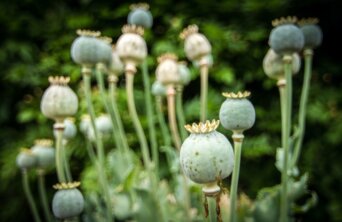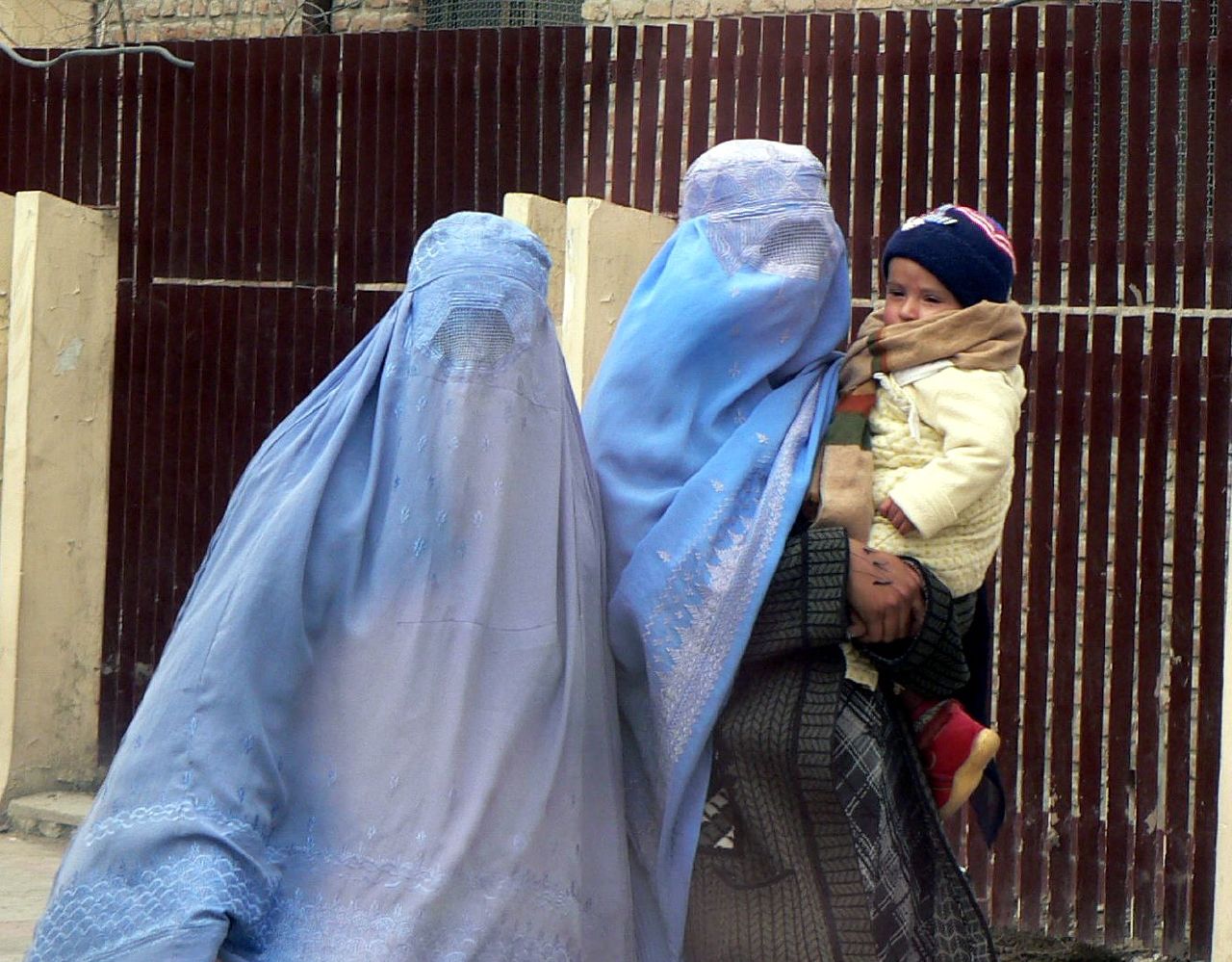- About
- Topics
- Picks
- Audio
- Story
- In-Depth
- Opinion
- News
- Donate
- Signup for our newsletterOur Editors' Best Picks.Send
Read, Debate: Engage.
| topic: | Food Security |
|---|---|
| located: | Afghanistan |
| editor: | Shadi Khan Saif |
Though the US spent billions in Afghanistan to try to eradicate opium production and trafficking, hoping to cut the Taliban's funding source, the BBC witnessed opium being grown freely before the Taliban’s 2021 takeover.
Now that the Taliban has successfully banned poppy cultivation, which was fueling addiction problems, it must address acute food shortages that remain a problem amid international isolation and abandonment in Afghanistan and the inevitable losses that former opium farmers now face.
"If you have no food at home, and your children are going hungry, what else would you do," Farmer Ali Mohammad Mia, whose opium crops were destroyed by the Taliban, told the BBC. "We don't have large pieces of land. If we grew wheat on them, we would make a fraction of what we could from opium."
The BBC’s satellite analysis indicated a remarkable drop in poppy cultivation of more than 90% in some of the most notorious places, such as Helmand, since the April 2022 ban imposed by the Taliban.
However, drastic cuts in crucial aid and a lack of practical engagement from the international community could leave Afghanistan's residents struggling to survive and lead them back to farming opium illegally in rural areas, which now presents the added threat of the Taliban’s wrath.
The World Food Program (WFP) estimates at least 15.3 million people will face a severe food shortage in Afghanistan as yet another harsh winter approaches. Some 2.8 million people are already facing food insecurity, and 3.2 million children under five suffer severe malnutrition, it notes, further warning that it is removing 8 million people from its emergency aid recipients list, which Afghanistan is part of.
Besides humanitarian aid, Afghanistan can tackle narcotics and food prices by retraining and assisting farmers to switch to sustainable alternative crops. An effort to support agriculture in the long term requires investments in small-scale rural infrastructure, income generation, small water projects, agro-processing, and marketing.
The country has enormous green energy potential; its natural resources present an opportunity for the livelihoods of millions in rural areas. Additionally, its location connects the energy-rich Central Asian states with the rapidly developing economies of South Asia, presenting an opportunity for economic growth and collaboration on an international scale.
Photo by Tim Cooper.

